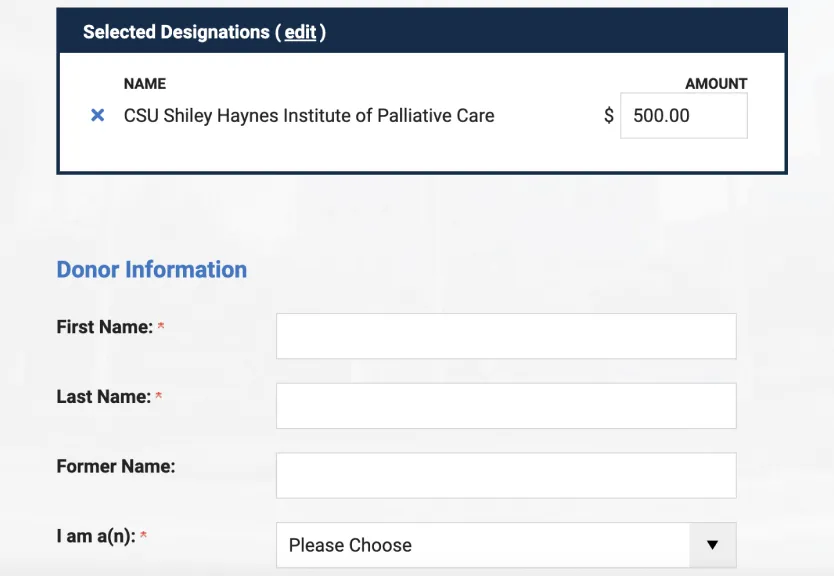Crucial Need to Expand Palliative Care in Rural Communities
Interest in palliative care as an essential healthcare service appears to have grown during the pandemic, but one sector still lags: rural communities.
Everything that’s challenging about delivering palliative care in urban communities is that much more difficult in rural areas, according to Lyn Ceronsky, DNP, a palliative care consultant and faculty at M Health Fairview in Minneapolis, Minn.
Yet palliative care is just as needed in rural communities – maybe more so, Ceronsky said during a presentation at the American Academy of Hospice and Palliative Medicine’s virtual 2021 Annual Assembly.
Many rural communities face chronic healthcare workforce challenges, Ceronsky said. Populations tend to be older, sicker, and poorer. Some rural hospitals have closed.
Developing palliative care programs in such areas depends on innovation and creativity—new ways of thinking about how to fix perennial problems, Ceronsky said during her AAHPM session and in a follow-up interview.
Assessing Need, Finding Champions
Ceronsky’s approach to palliative care program development in rural areas starts with a good needs assessment to identify the gaps between current and needed services. Next comes taking inventory of the community’s strengths and opportunities, which could uncover unexpected palliative care champions.
Those strategies were employed when Ceronsky consulted on the Minnesota Rural Palliative Care Initiative, convened by Stratis Health beginning in 2007 to make palliative care more accessible in underserved communities.

“When we started, we could only find one rural palliative care program in Minnesota,” said Janelle Shearer, program manager at Stratis Health.
A health plan grant funded three cohorts from 23 communities to start palliative care teams and put infrastructure in place. The initiative utilized an 18-month learning collaborative with a community capacity-building strategy and a focus on quality improvement.
Not all the participating rural programs have been sustained, Shearer said. “As of 2014, 15 of them were still in place. But it’s a journey,” she said.
Some participating programs drop out while others get revived by renewed interest or the arrival of a new practitioner or other champion. The most likely to succeed are those with connections across health care sectors. Passionate leaders are also important, Shearer said.
Stratis Health’s community-capacity based approach has since been extended to three other states: North Dakota, Washington and Wisconsin.
Models of Rural Palliative Care
Palliative care models can vary in rural communities, although the Stratis initiative encouraged the use of clinical practice guidelines developed by the National Consensus Project for Quality Palliative Care.
With a primary palliative care model, team members can add palliative care skills to their existing roles. The multi-disciplinary team approach is still important, however, particularly when helping address non-clinical issues or challenges.
Connecting patients with social workers or nurses through in-person or telehealth technology can be particularly important, Shearer said. Physicians aren’t often able to make home visits in rural areas.
“One of our doctors said that patients don’t need her expertise as much as they need a social worker for social needs,” Shearer said. Those needs could include applying for benefits, addressing food insecurity, or accessing other resources to could people with serious illnesses to remain in their homes.
Telehealth Crucial in Rural Communities
There is a lot of gratitude, interest, and acceptance of palliative care in rural communities via telehealth and telehealth consults, according to studies conducted at the University of Alabama Birmingham.
“Most people don’t know a lot about palliative care and some still associate it with hospice but they have been open to the idea that it’s really about improving quality of life,” said UAB researcher Marie Bakitas, DNSc, Co-Director of the Center for Palliative and Supportive Care. (Bakitas spoke in 2018 at the CSU Shiley Institute for Palliative Care’s 2018 National Symposium for Academic Palliative Care Education and Research.)
Still, poverty presents a huge obstacle, Bakitas said.
“My latest big learning is that some areas are so impoverished and lacking in basic health care that palliative care is not helpful,” she said. “It’s such a small drop in a huge ocean of need You can’t provide ‘an extra layer of support’ when there isn’t any (support) to begin with.”
Payer-Provider Teams
Some health plans will pay for a limited number of palliative care visits to the home, an approach that has also been emphasized in California.
The California Health Care Foundation’s rural palliative care initiative helped connect health plans and palliative care provider organizations to provide home-based palliative care services in rural communities across the state.
“This initiative revealed a range of strengths and challenges among our five payer-provider teams and showed varying levels of success in increasing the numbers of seriously ill people served,” said Kate Meyers, MPP, Senior Program Officer at the Oakland-based CHCF.
“Across all of our teams, the organizations learned from each other’s experiences and became clearer about what they wanted to do to improve their services and their impact, and what they would need in order to achieve that,” she said.
Meyers said those organizations’ are continuing in their efforts to improve access to and use of palliative care, but that they likely “would not have been able to make as much progress as they have, as quickly as they have, without the learning and collaboration opportunity they got through the CHCF initiative.”




